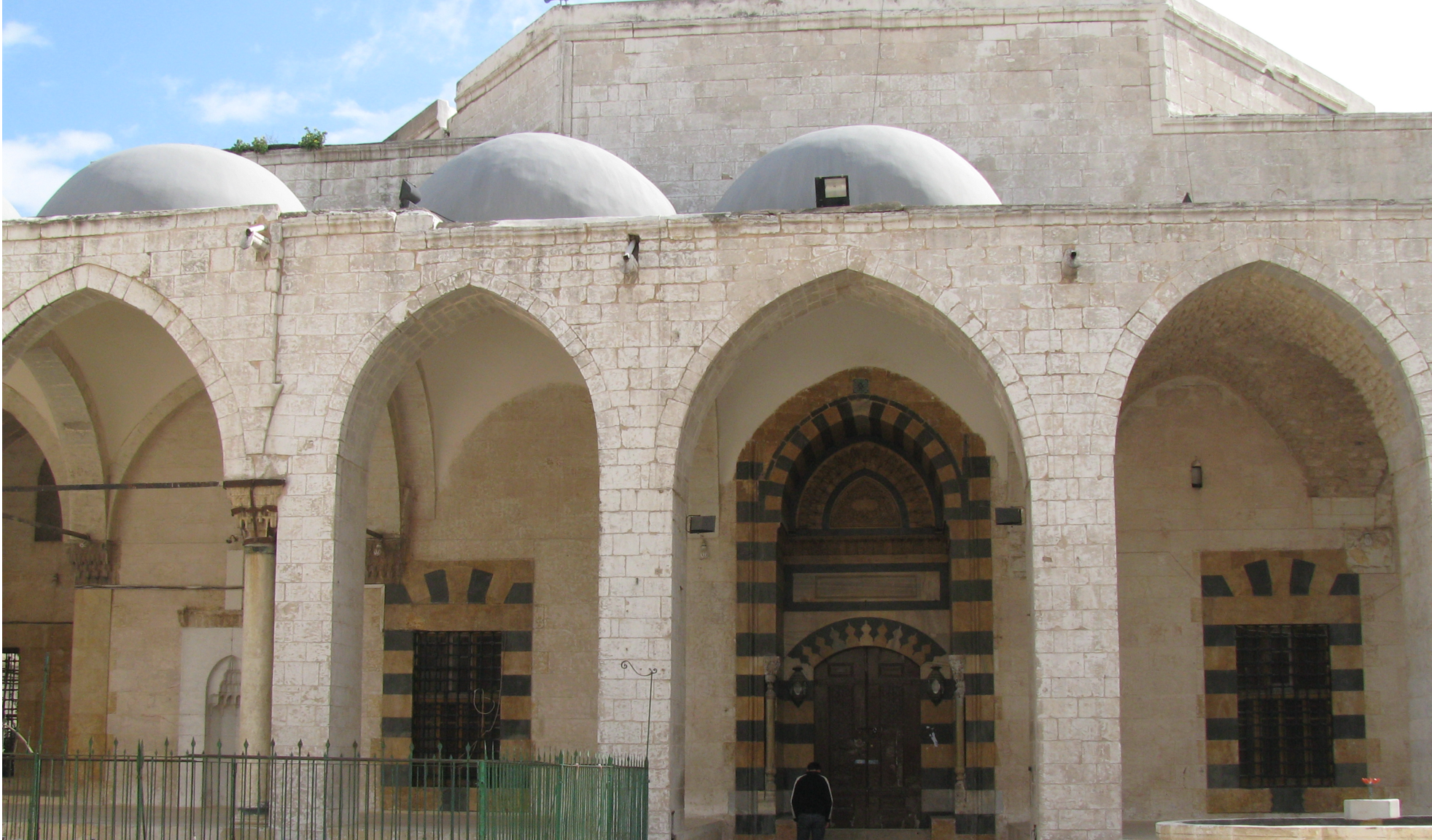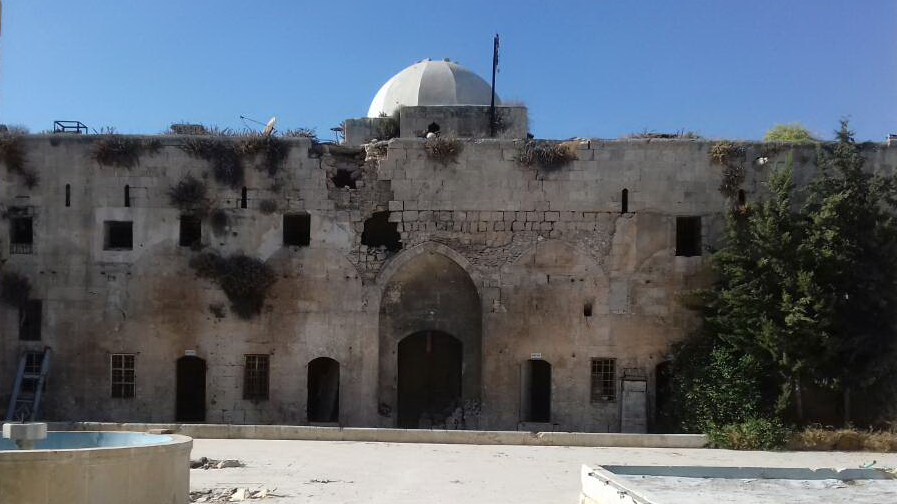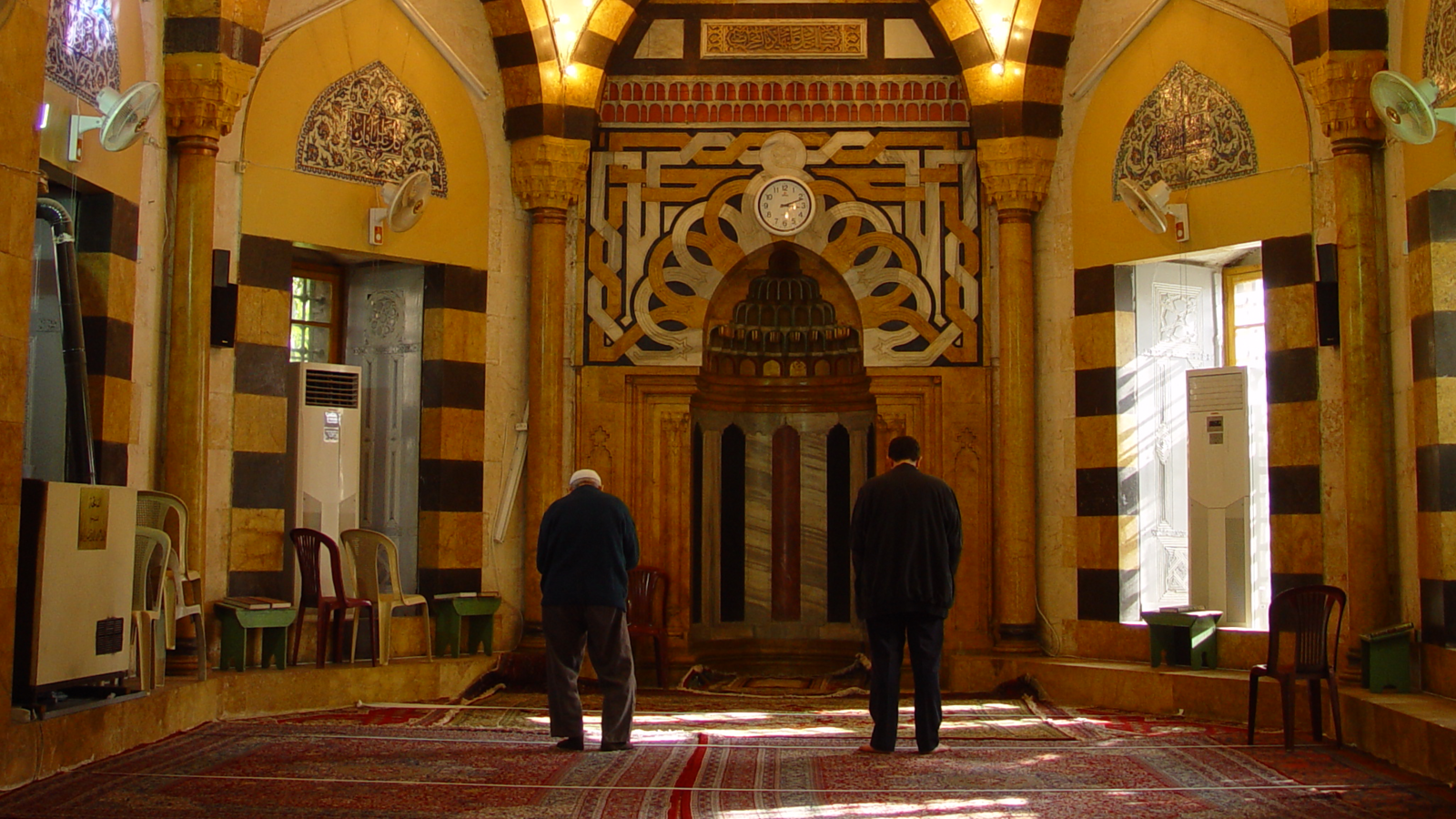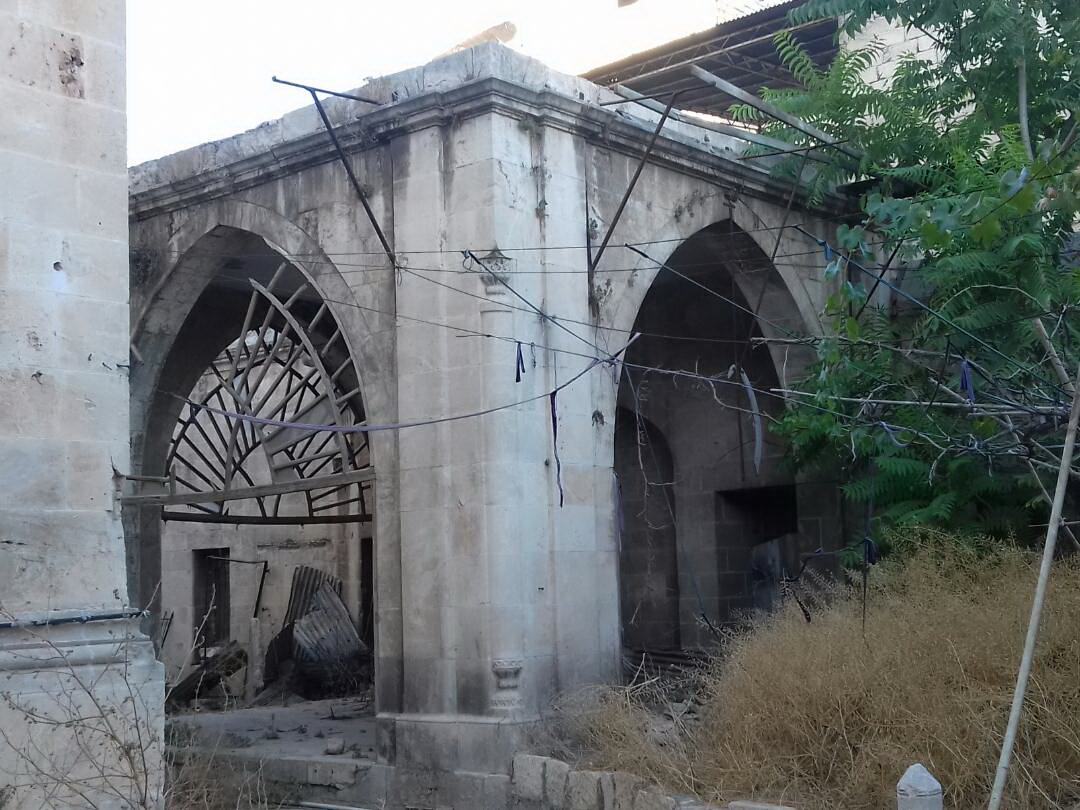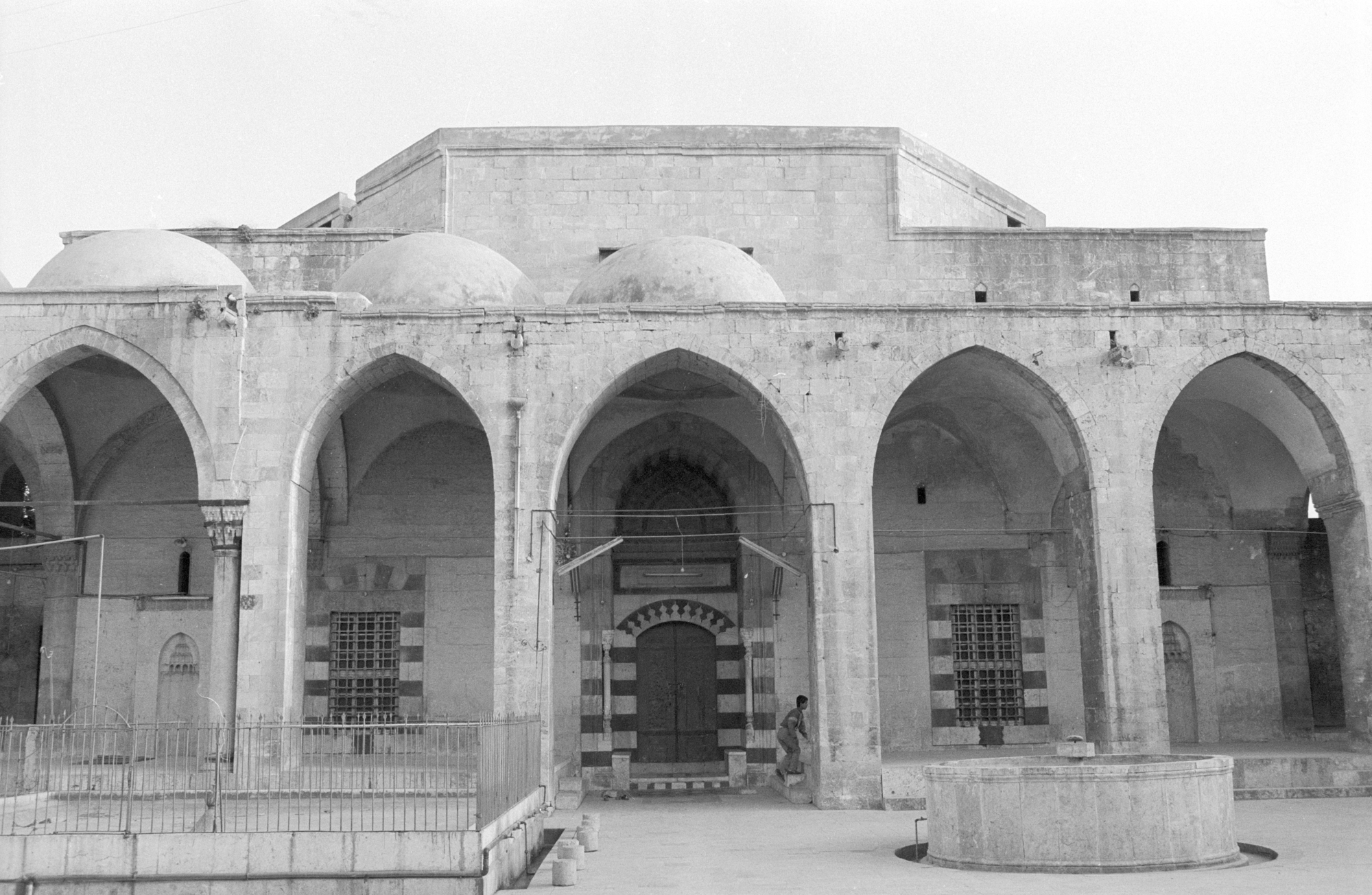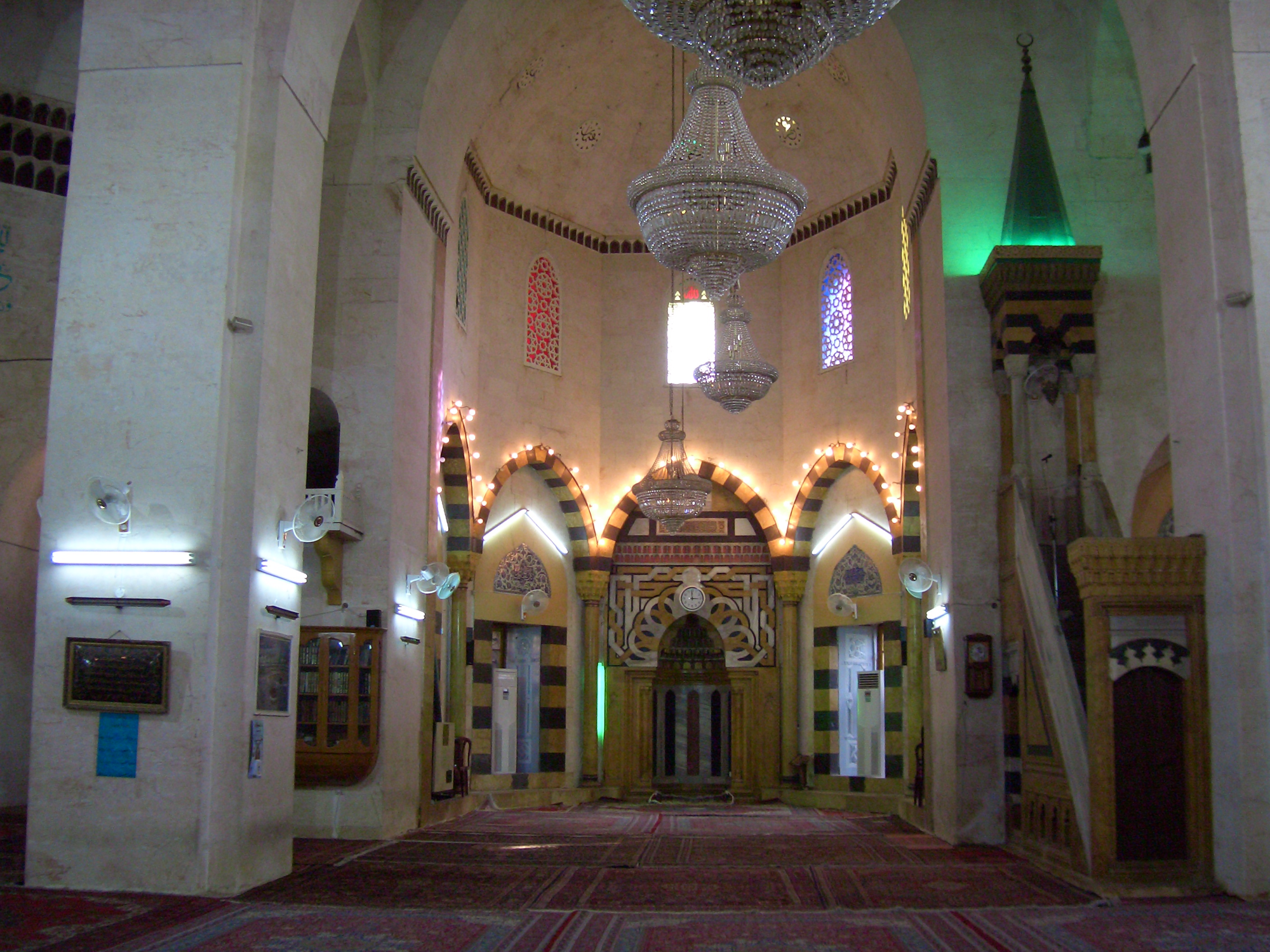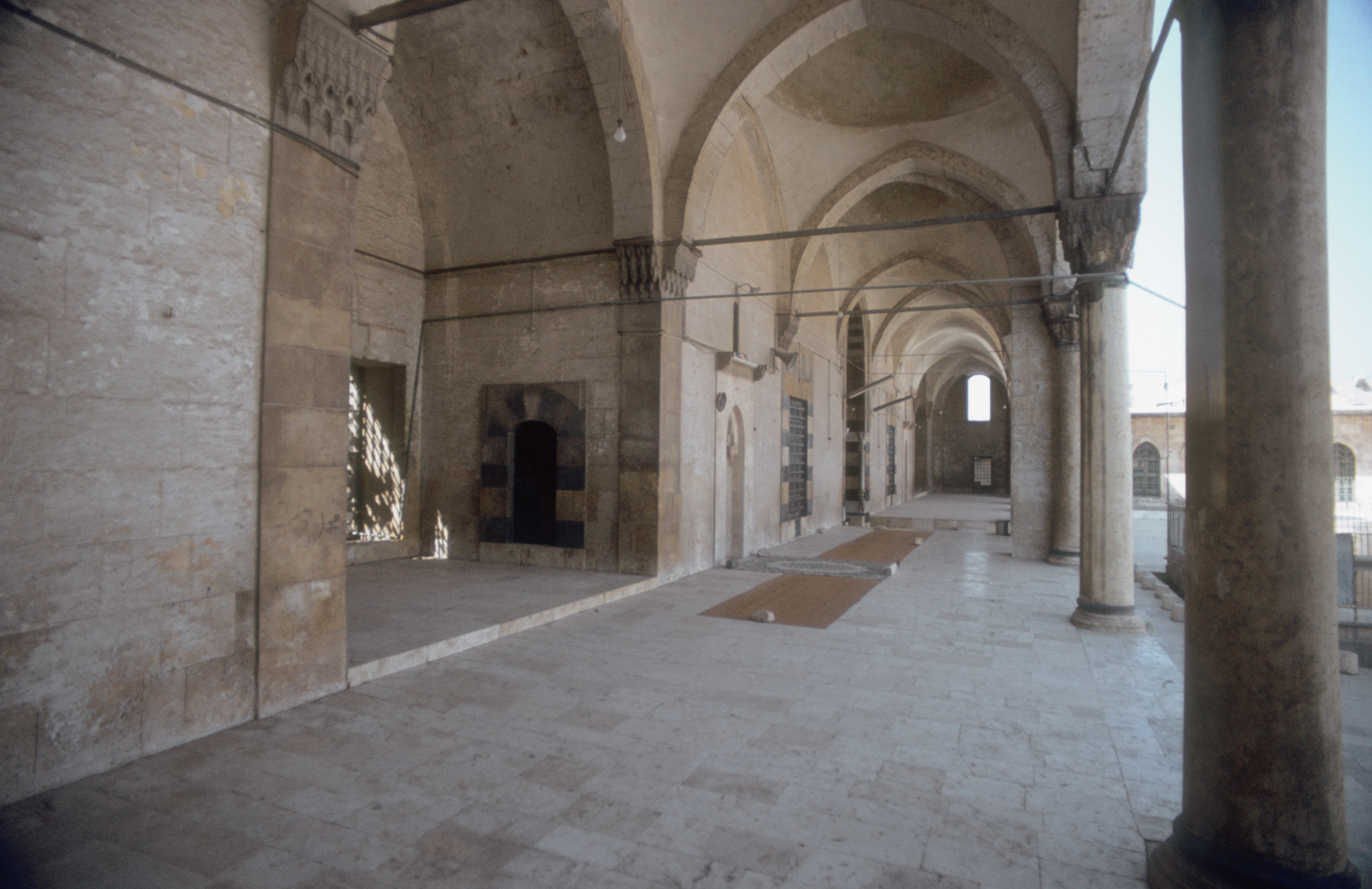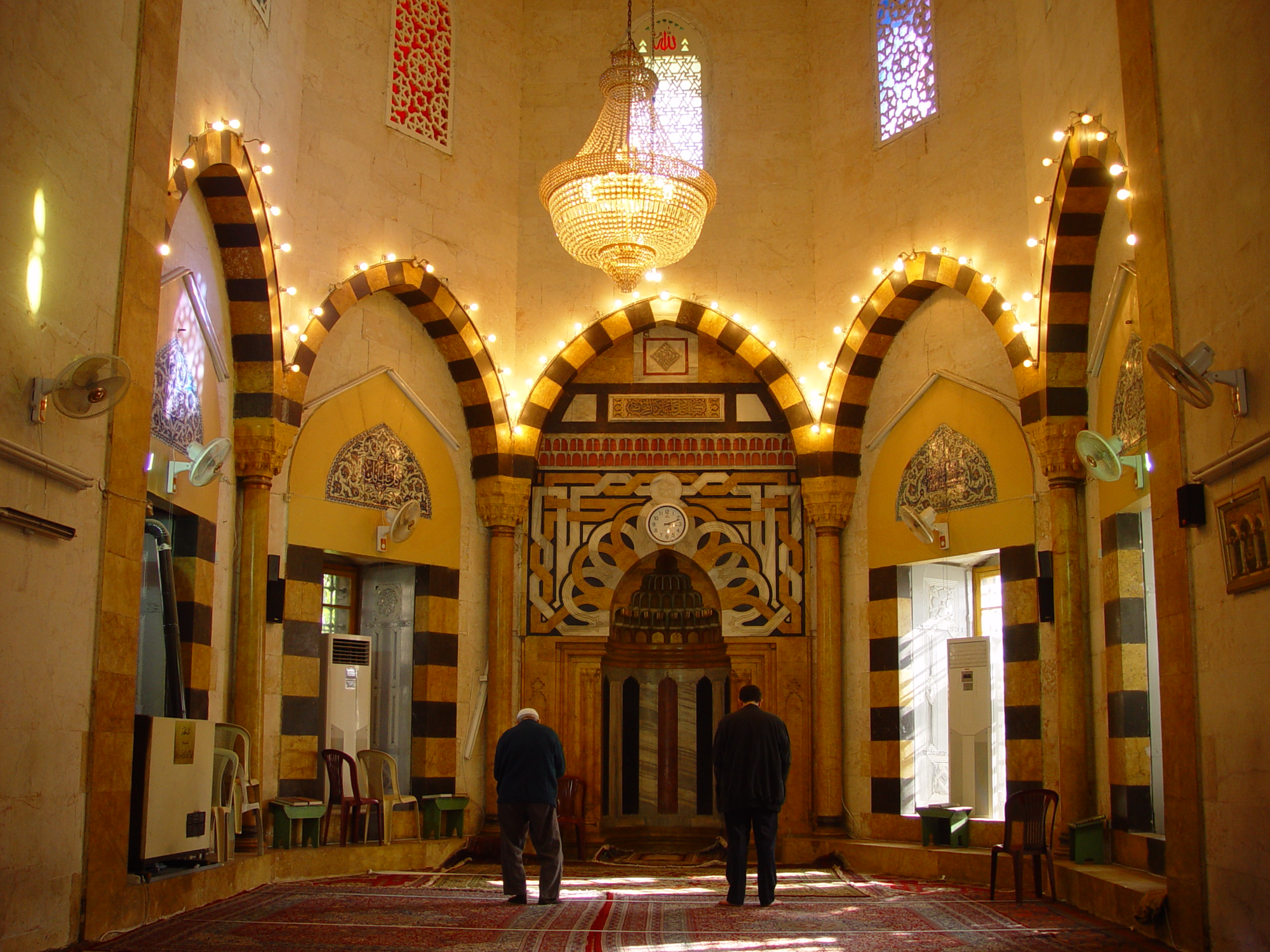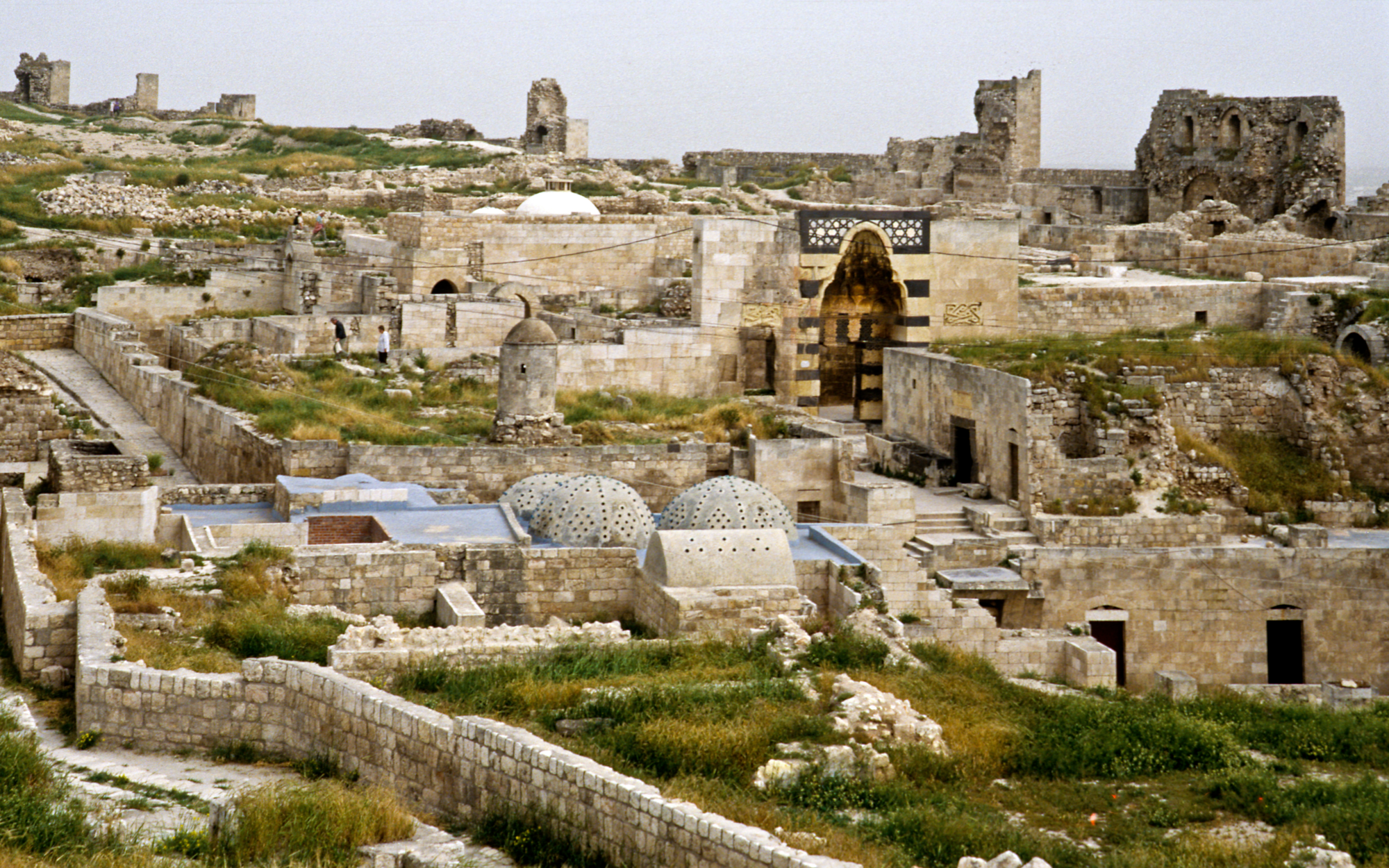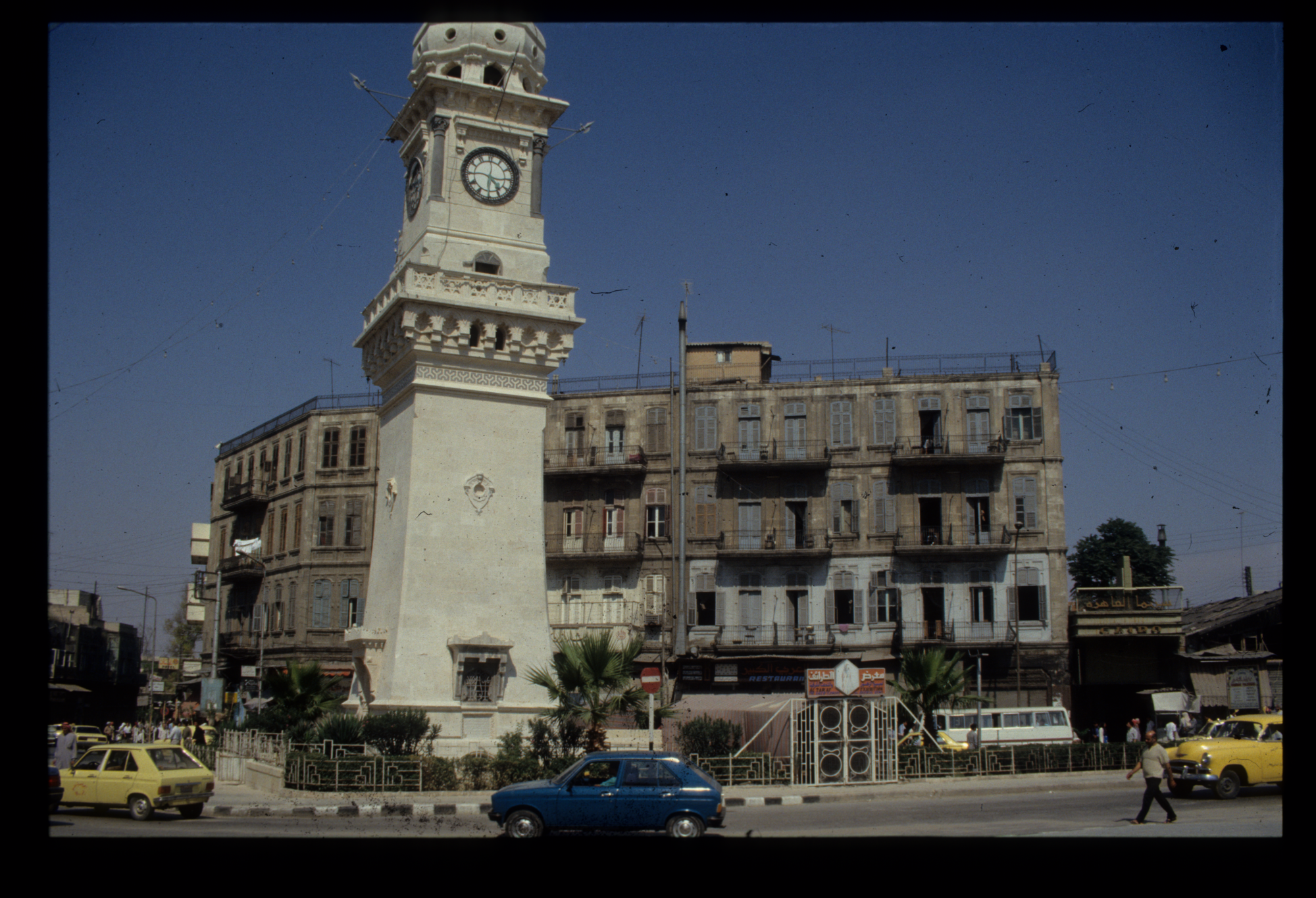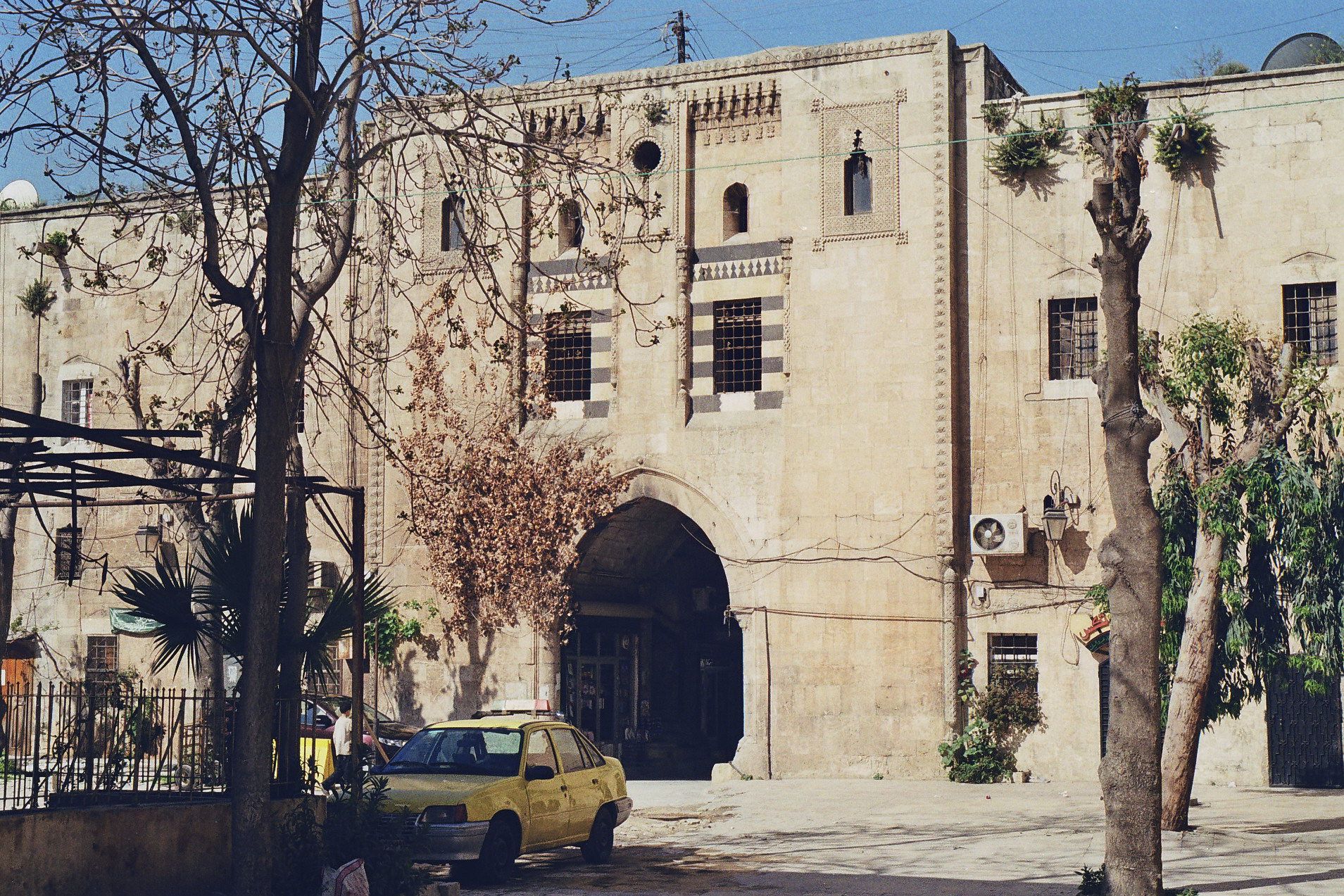About the Series
In this series we display personal stories of places (historical monuments) in Aleppo city, told by people who had a special bond with the place. The aim of this series is to highlight the intangible aspect of heritage places in Aleppo, and to communicate the inclusion of memory in reimagining and rebuilding a place through its people.
These contributions are part of the joint efforts of the Interactive Heritage Map of Syria Project along with the Aleppo Heritage Catalogue Project, which seeks to document the history and architecture of historical monuments in the city of Aleppo.
A poignant and deeply personal account of one man's relationship with a beloved mosque that has been ravaged by war. This memory is a touching tribute to a place that holds deep meaning for the narrator, Sami Bahrami, and the Aleppian community.
A Family Connection: Discovering the Mosque's History
At the age of 20, a new chapter began in Sami Bahrami’s life...
...when he was introduced to al-Bahramiyya Mosque by his uncle Radwan Bahrami and found a personal connection to the mosque.
“I got to know al-Bahramiyya mosque at the age of twenty when my uncle Radwan Bahrami took me there, not knowing at the time that my great-great-great-grandfather was the one who built it! My relationship started with this place since then and lasted up to seven years.”
A Place of Serenity: The Spiritual Atmosphere of al-Bahramiyya Mosque
Sami spent seven years visiting the mosque every Friday for prayers, arriving an hour or two early to soak up the unique atmosphere of the ~500-year-old space.
You just have to close your eyes as you enter a state of complete spirituality
“I was periodically visiting the mosque every Friday for prayers. I would go an hour or two before the time of prayer and sit inside a place that dates back between 400 to 500 years old. The smell of cleanliness that exudes from the space is very distinctive as there are three servants working continuously to keep it clean and tidy; the air is fresh and the walls are cool in summer. It has a wonderful uniqueness. The voice of the muezzin Abu Jalal in the al-Bahramiyya Mosque is original and sincere as he raises the call to prayer. You just have to close your eyes to hear his voice and immerse deeply into your soul, to travel back to the place, with its magical beautiful prayer hall, as you enter a state of complete spirituality.”
The Old Man of the Prayer Hall: A Ritual of Devotion
Despite the prayer hall being meant to be empty before the time of worship, Sami noticed an old man reading the Quran quietly every Friday.
“I remember arriving to the mosque before the prayer time and taking the key from the servant who usually stands at the gate next to the sabil (water fountain) and rinses the floor of the mosque and the suq (market) outside. I open the door of the prayer hall and enter. Next to the window to my right, I see an old man sitting with the Qur’an and a bottle of water reading quietly. I open the locked door with the servant’s key. Despite the fact that the prayer hall is supposed to be empty of worshipers, I would see this old man inside every time. When I asked the servant about him, he answered that this man goes inside the mosque every Friday in the Morning Prayer and keeps reading the Qur’an until the Noon Prayer, and then he goes home; this is his own ritual of prayer.”
The Beauty of the Courtyard and Garden: The Mausoleum of Bahram Pasha and Radwan Pasha
The mosque's courtyard and garden were a sight to behold, with the mausoleum of the mosque builders being a particular highlight. Sami reminisces his connection to the builders of the mosque.
"The mosque’s courtyard is beautiful, but the garden is even more.
In the southeastern side, the mausoleum of the mosque builders, Bahram Pasha and his brother Radwan Pasha, is of great beauty and splendor. There are two (closed) entrances to the garden; one is on the eastern side from al-Madrasa al-Ahmadiyya’s alley where you can see the two shrines, and the other door is located on the western side, opening to the courtyard of the mosque. Before the war, I was unable to visit the tomb of my great-grandfather to recite some Qur’an verses on his soul, because the mosque’s servant never allowed me to enter."
The Syrian war had a devastating impact on the mosque...
...making it difficult for Sami to even enter the building. He witnessed the destruction firsthand and hoped for restoration work to begin soon.
“Ironically now, because of the war, I was able to enter it for the first time by passing the hills of rubbles of the destroyed shops in the middle of suq Antakiyya and the two khans of Tutun. The destruction was massive and the height of the rubble would reach the length of a human. When we passed through it to reach the door of the mosque it was closed. So we went to the Western side where there are two other doors of the mosque but they were also closed as the neighborhood was full of rubble hills. I saw the wall of the garden torn down so I headed east to the place of the shrine where I saw the tombstones had been completely removed. There are no longer any traces of the graves except the columns surrounding it.”
Rebuilding and Restoration: The Challenges of Post-War Aleppo
Restoring the mosque to its former glory would be a significant undertaking...
...with even repairing a single pillar costing a considerable amount of money. Despite this, Sami remained hopeful that the mosque would be restored one day.
“At the beginning of 2018, I wanted to rebuild the destroyed garden wall, which is a wall of eight meters long and three meters high. Therefore, I allocated 400,000 Syrian pounds, but the cost study resulted in more than two million Syrian pounds, which I could not afford.”
“In 1822, a major earthquake struck the city of Aleppo...
...and the mosque’s dome was completely destroyed. It took forty years to build another one. The construction costs were covered by selling the insulating lead that was covering the old dome, between 1860 and 1864, where four pillars were built bearing the new dome that was smaller in diameter than the old one. Now, after the war and the great damage that affected the prayer hall, the dome and the minaret, I am not optimistic that it will be restored as it was, due to the lack of adequate funding and an apparent expert workforce.”
A Donor's Efforts: The Restoration of the Gallery
The efforts of one donor to restore the mosques gallery remain an inspiration...
...for other individuals to contribute towards preserving and restoring historical landmarks in Aleppo.
“The gallery of the mosque was under the threat of complete collapse due to the damage to one of the external pillars, and its situation was critical if it had remained without repair and restoration. Then Abdo Kno, a donor, supported and repaired it with his individual efforts. The costs of restoring and repairing one pillar were estimated at 700 thousand Syrian pounds...
...so what would the full cost of the prayer hall be?”
A Heartfelt Wish: Restoring the Mosque for Future Generations
“I visited the mosque more than twenty times after the roads have been accessible again to enter the old city. Every time I visit it I grieve the place as if I see the destruction for the first time. Praying here seems not to be near foreseeable. I wish for the restoration work to start soon in the mosque, like the restoration in churches and other mosques, and for people to pray in those places again that are memorable to our Aleppian community. I hope to go back to the prayers on Fridays under the mosque’s dome with the same people that we used to pray together before the war.”
DISCOVER MORE MEMORIES FROM ALEPPO
The Aleppo Citadel
The Aleppo Citadel is not just a historical monument but also a place of memories, love and identity for many Syrians. This is a statement of a young lady’s experiences and memories of the citadel, from childhood dreams to falling in love and the impact of war.
Restoring Bab Al-Faraj Clock
This is a memory from Aleppo about a young boy's fascination with the broken Bab Al-Faraj clock and his dreams of fixing it. This is part of a series about memories from Aleppo.
The Tradition of Az-Zawiya Al-Hillaliyya
This is a memory from Aleppo about a woman’s personal experience of Az-Zawiya al-Hillaliyya, a Sufi ritual prayer place in Aleppo with 800 years of history.
The al-ʿAdiliyya mosque
In this memory statement, Omar Abd Alwahhab Katta recounts his personal connection to al-ʿAdiliyya Mosque in Aleppo, which holds both historic and religious value for the people of Aleppo.
A Tale of Khan al-Wazir
This memory is a personal journey through Khan al-Wazir, Aleppo, of a textile merchant who grew up and worked in the historic trading center. It explores Paul’s memories and experiences of the Khan, and their hopes for its future restoration.
